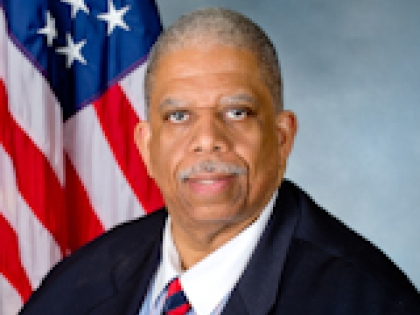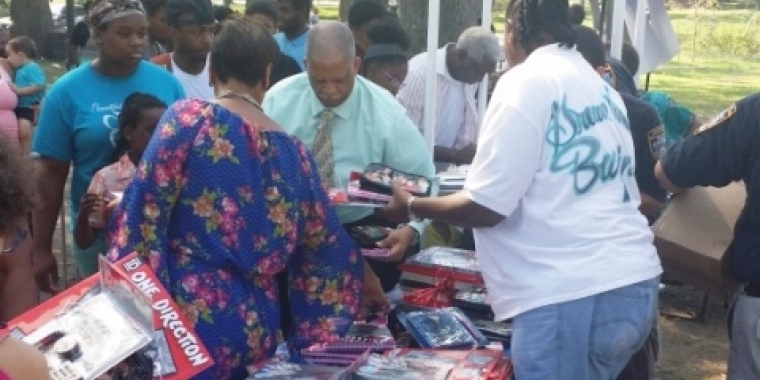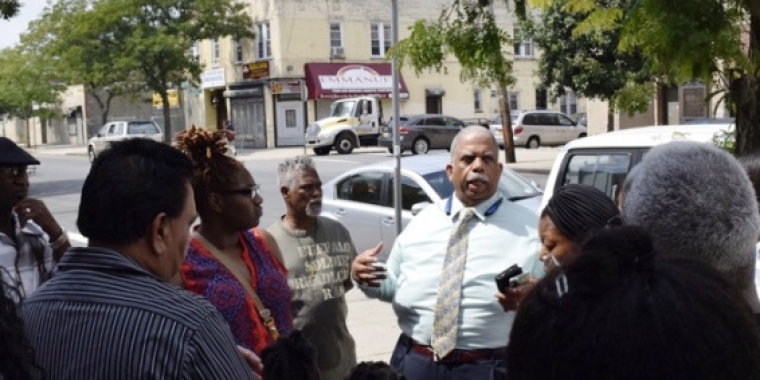
Roy Wilkins is known for his legacy of fighting for civil rights and justice. As a grandson of a slave, Roy Wilkins grew up in the height of racial tension in America. Wilkins was very passionate about helping the African American population gain their God-given rights. In spite of all the discrimination and prejudice he had to face, Wilkins graduated from the University of Minnesota with a degree in sociology and journalism. He believed in the American court system, and thought that African American people could slowly, but surely advance the civil rights movement through it. Using his degree, he became the editor for the St. Paul Appeal newspaper—a paper owned and run by African Americans who were unafraid to speak up about the horrible conditions they they suffered under Jim Crow. He later had the opportunity to join the NAACP staff, where he took over editing The Crisis from W.E.B. DuBois. He quickly rose through the ranks and became President Walter White's secretary. In that position, he learned several strategies to empower African Americans, including visiting worksites to make sure that conditions were acceptable for African American workers.
After Walter White moved on from his presidential position, Wilkins became the head of the NAACP. With this position, his mission of acquiring equal rights for all African Americans transformed his passions into responsibilities. Wilkins sought to gain equality through the legal system and by exercising rights like freedom of the press and the freedom to peacefully protest. One of the most famous protests he helped organize was the March on Washington, during which more than 200,000 people peacefully assembled by the Lincoln Memorial. This, of course, was where Dr. Martin Luther King, Jr. gave his famous "I Have a Dream" speech.
Wilkins was always staunchly opposed to violence in the Civil Rights Movement. Later in his career, he went on to spearhead other efforts that could not only help his constituency, but also anyone else who experienced unjust discrimination. One such initiative was International Conference on Human Rights of 1968. This conference, hosted in Iran, was the first global conference to focus solely on human rights. Due to health complications, Wilkins had to step down from his position at the NAACP. Roy Wilkins never lost sight of what he and countless other were fighting for, which is why his great legacy will never be forgotten.


